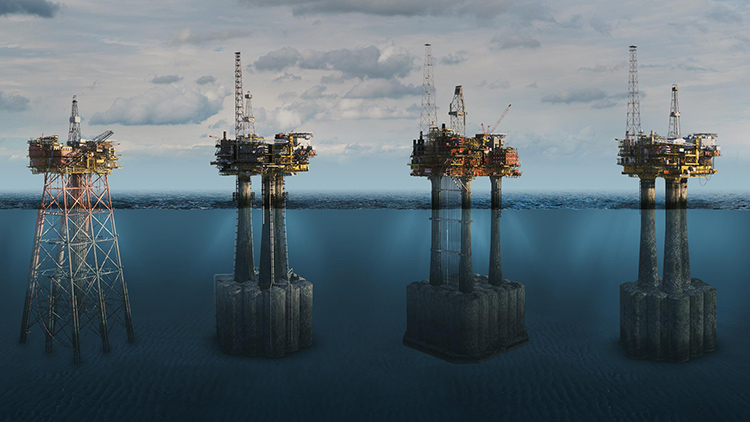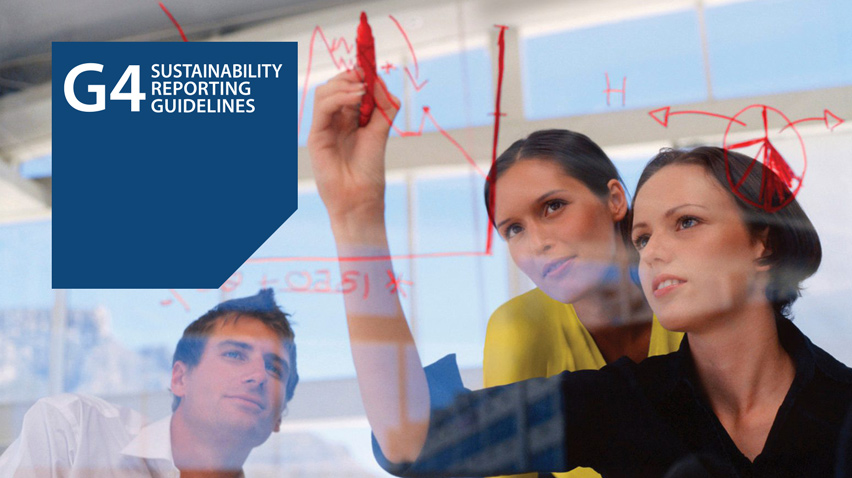Decommissioning and restoration
Decommissioning is part of the normal life cycle of every oil and gas structure and must be done safely and responsibly when a facility reaches the end of its life.

There are four platforms in the Brent field - Alpha, Bravo, Charlie and Delta.
When we decommission a well pad, for example, we safely seal the well, remove the production equipment and reinstate the land. We use expertise from the decommissioning industry to help us.
Some of our more complex decommissioning projects take place offshore. For example, our largest decommissioning project to date is the Brent oil and gas field, which lies in the North Sea between Scotland and Norway. Preparation for decommissioning the four Brent platforms, called Alpha, Bravo, Charlie and Delta, started more than a decade ago. During this period, around 300 scientific and technical studies explored the options for decommissioning the Brent field. This included consultation with more than 180 interested parties and an independent review group to help validate the science and engineering. Shell’s recommendations for the decommissioning programme include closing down and making safe the four platforms, the wells and the undersea infrastructure. We launched a 60-day public consultation in February 2017 to allow anyone with an interest to access our full recommendations.
In 2015, the UK regulator approved the Brent Delta decommissioning programme to remove the topside of the platform in a single lift. This will be the largest ever lift of its kind offshore, and is planned to take place in the summer of 2017. The topside will be transported onshore where we estimate around 97% will be recycled.
Restoring project sites is also an important element of the decommissioning process. In early 2016, Shell decided to exit the Jinqiu tight gas exploration project in Sichuan province, China. After consultation with the land owners and local authorities, Shell restored the site and established a decommissioning fund, which was used to provide seeds and soil fertiliser. The restoration also included recycling materials to pave a local road and build eight irrigation systems for the community.
